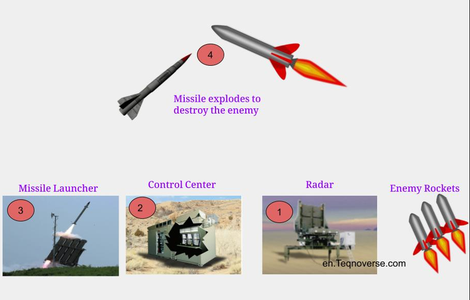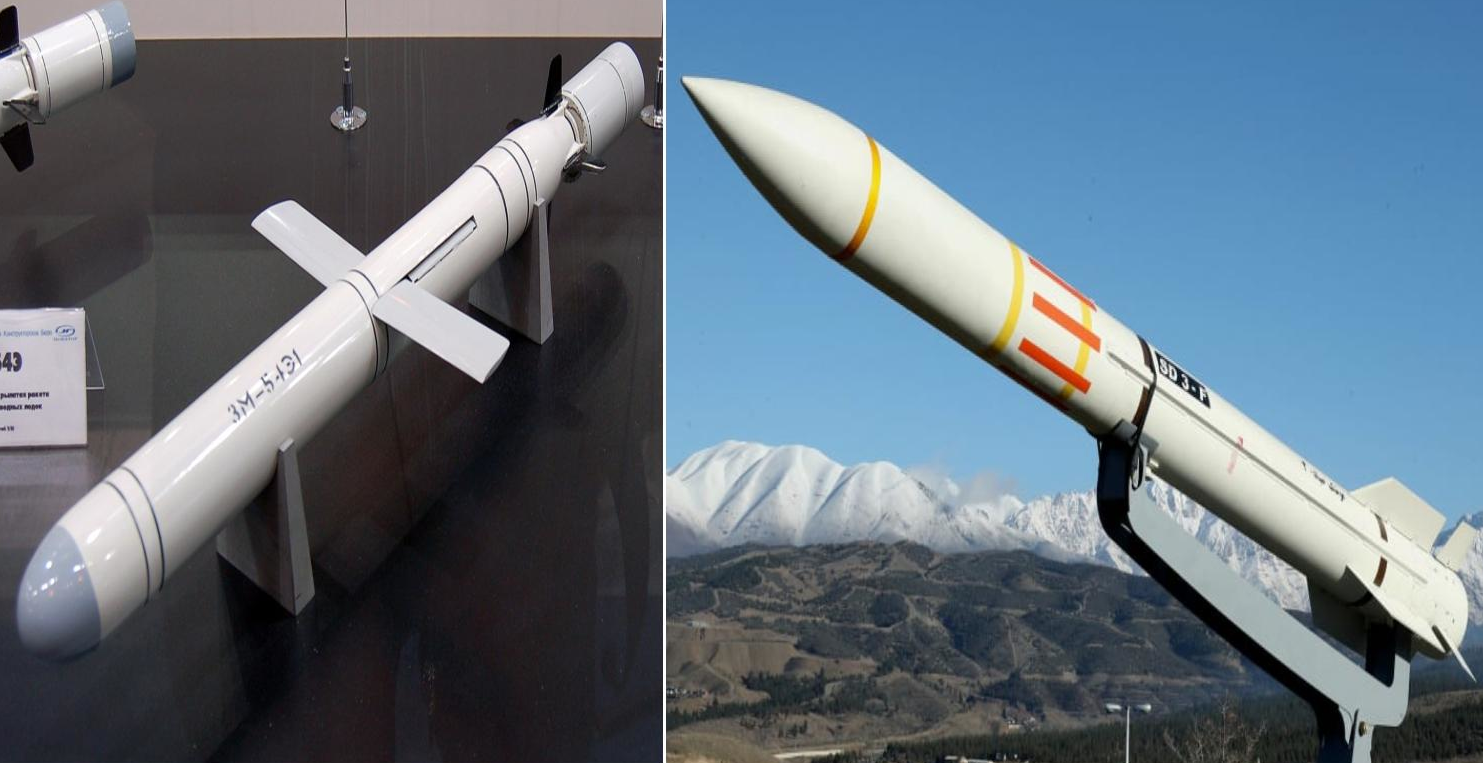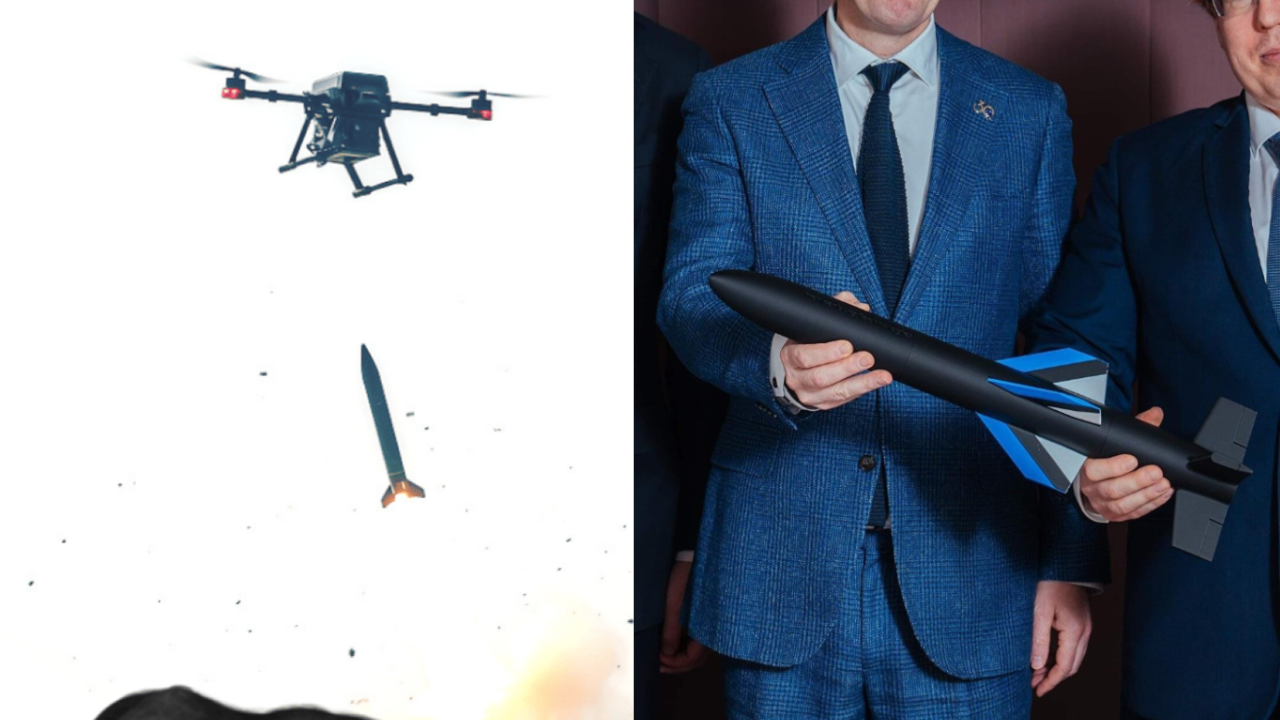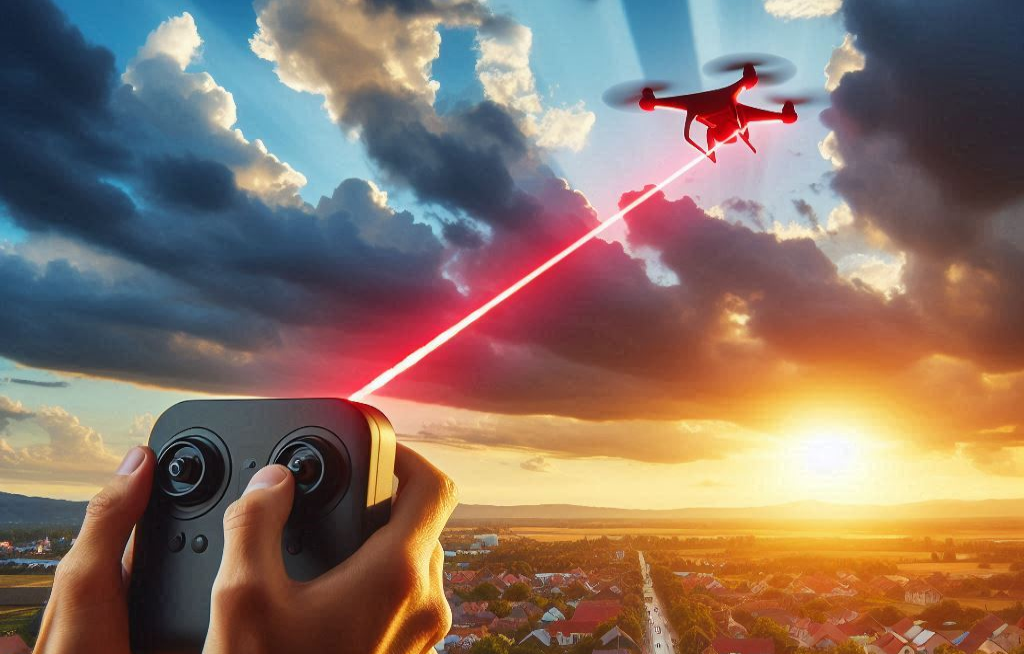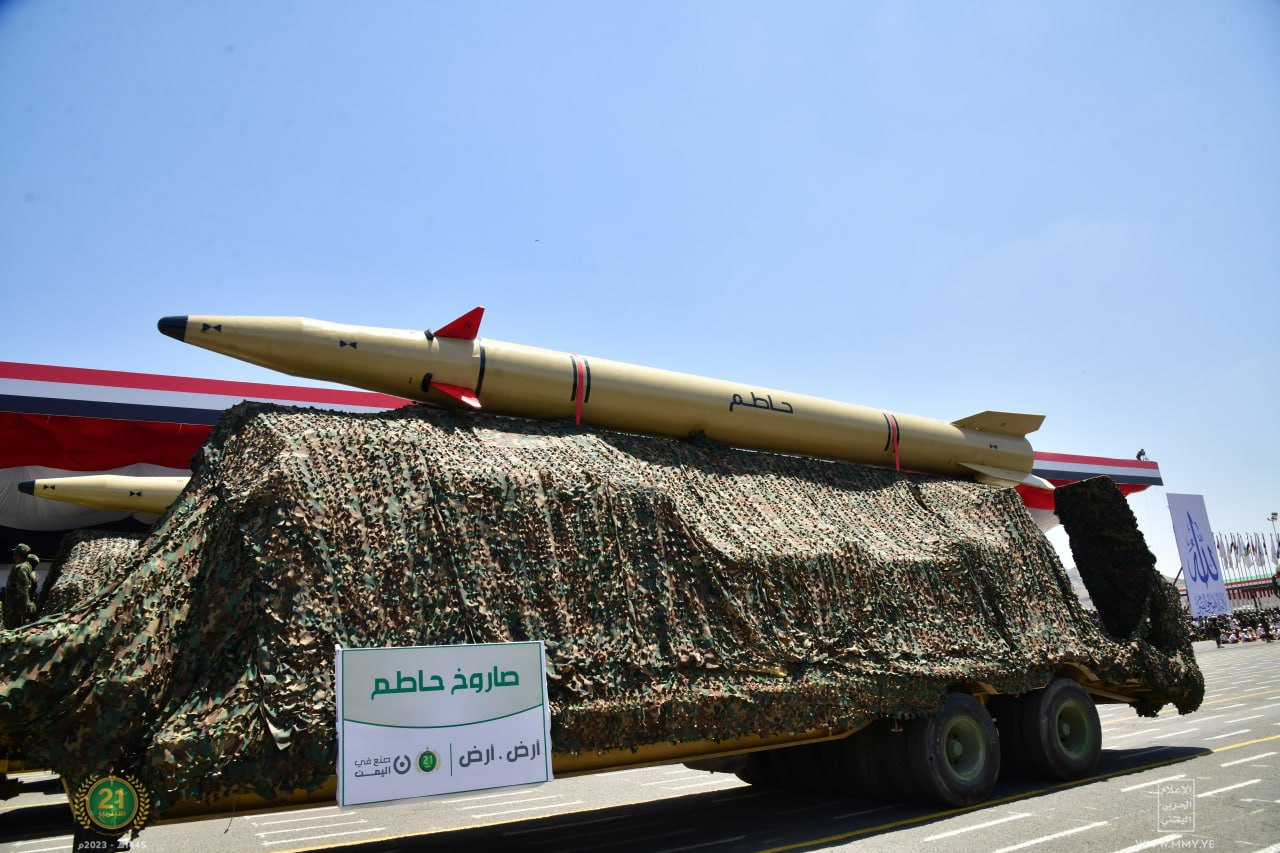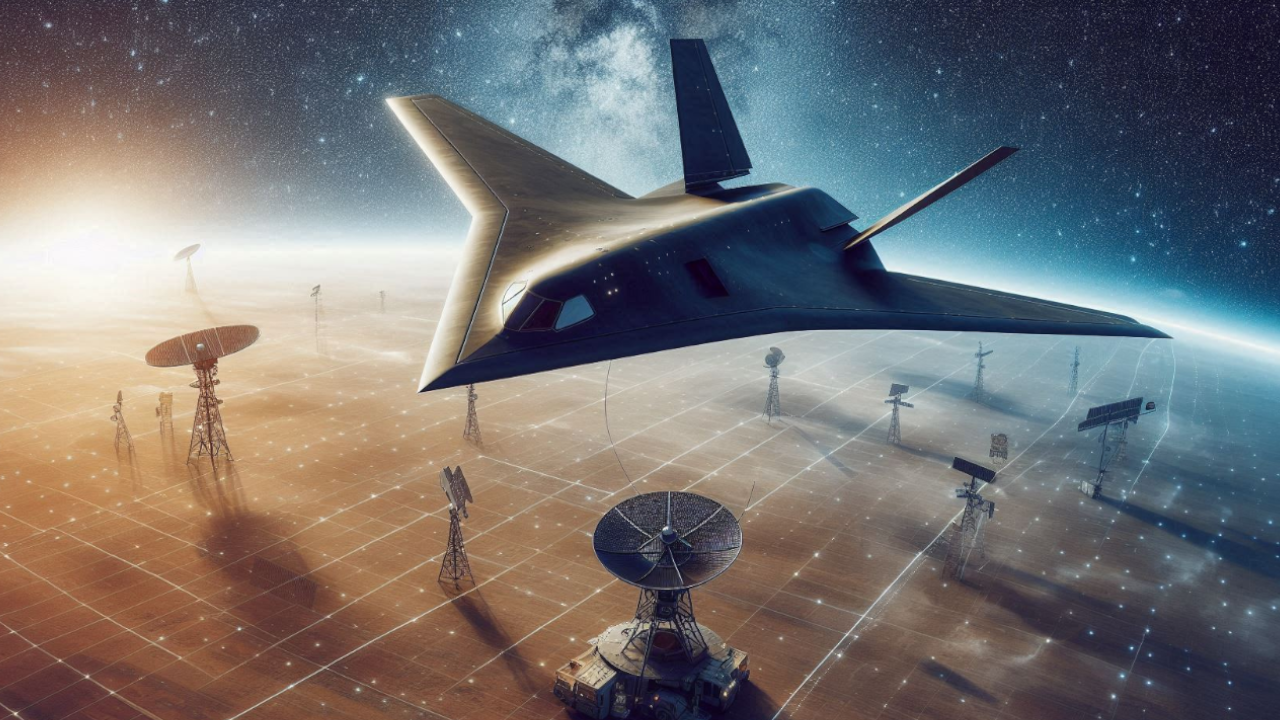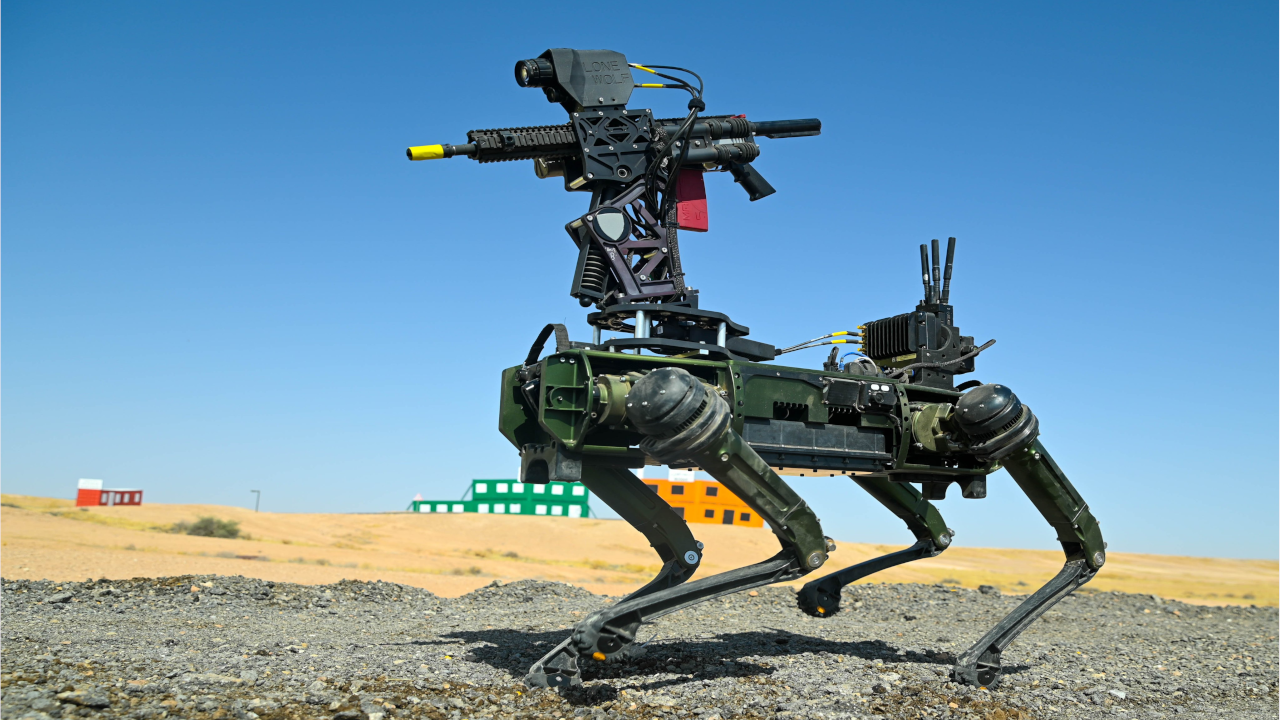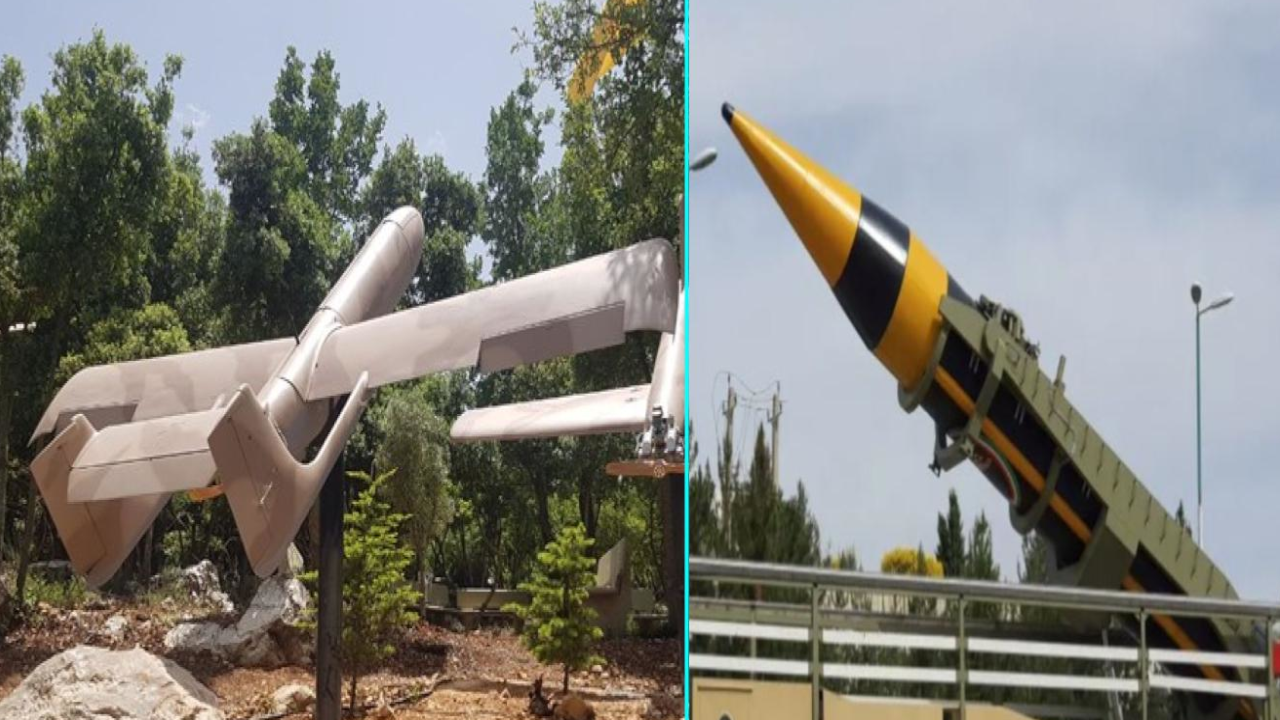Israel's Iron Dome initially deployed in Mars 2011; It is a missile-defense system that intercepts and destroys short-range missiles and mortar shells launched from the neighborhood.
It is developed by Rafael Advanced Defense Systems and Israel Aerospace Industries. Israel says that its success rate is 90%, meaning that it shoots down most of the missiles fired at the areas it protects but it’s not always the case.
How does Iron Dome work?
It consists of missile batteries distributed to protect the entire territory of Israel. Each battery protects an area about 70 km in diameter, and each battery consists of three parts:
1- The radar, that detects rockets with a range between 4 and 70 km, tracks them and transmits the information to the control center.
2- The control center, which analyzes the radar information, determines the destination of the detected missiles and estimates the extent of its threat. If the missile is to hit a protected area, it gives the command to the missile launch system to intercept it.
3- The missile launch system, which launches one or two missiles for each target missile, which explode on approach and destroy or shoot down the target missile.
Why does it fail?
During the Al-Aqsa Flood in 2023, Hamas said it fired 5,000 rockets in 20 minutes; while the dome intercepted 1,500 rockets, Israel said only 3,000 were fired, meaning that the dome’s success rate did not exceed 50%. On another occasion, the dome was found not to be working at all, and Israel stated that this was due to a technical malfunction.
Iron Dome fails when it is fired upon by a large number of missiles exceeding its capacity. It is then decided to shoot down the most dangerous missiles one after another because it fails to launch a sufficient number of missiles within a short period of time. The large number of missiles also leads to confusion in the radar system, increasing the error rate in tracking each missile and thus increasing the errors of the control system.
How much does Iron Dome cost?
The Iron Dome system has cost hundreds of millions of dollars to develop, but the biggest cost comes from its deployment. Each missile costs about $20,000, and two missiles must be fired to ensure that the enemy missile is shot down. So each time the dome intercepts a target, it costs between 20 and 40 thousand dollars, while the cost of the enemy missiles is between 300 and 2000 dollars.
